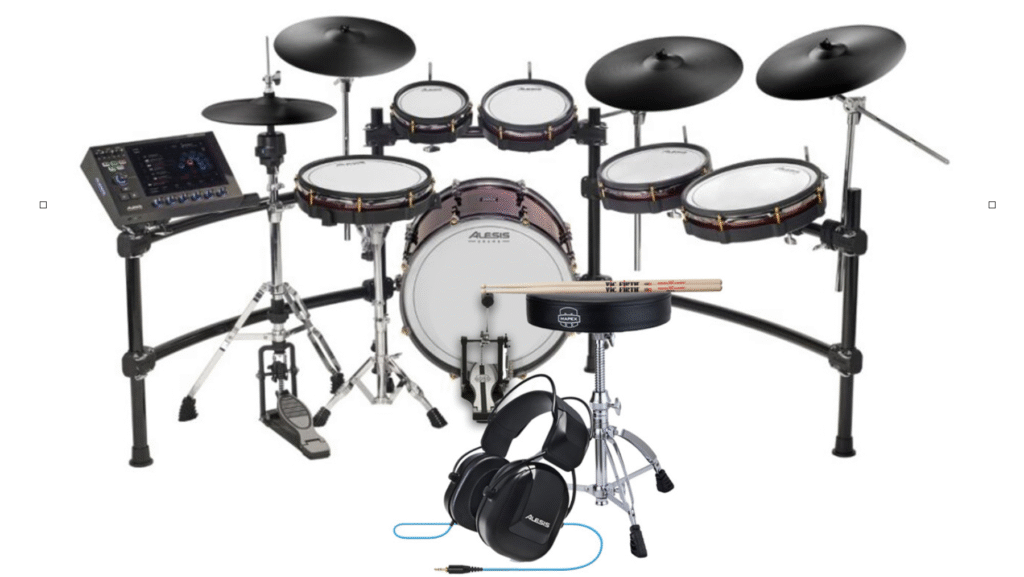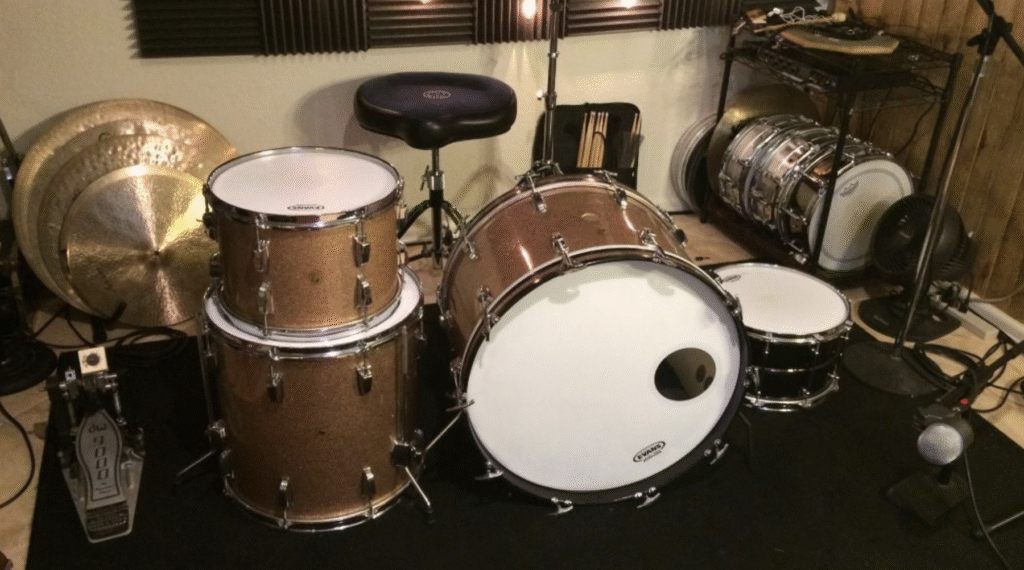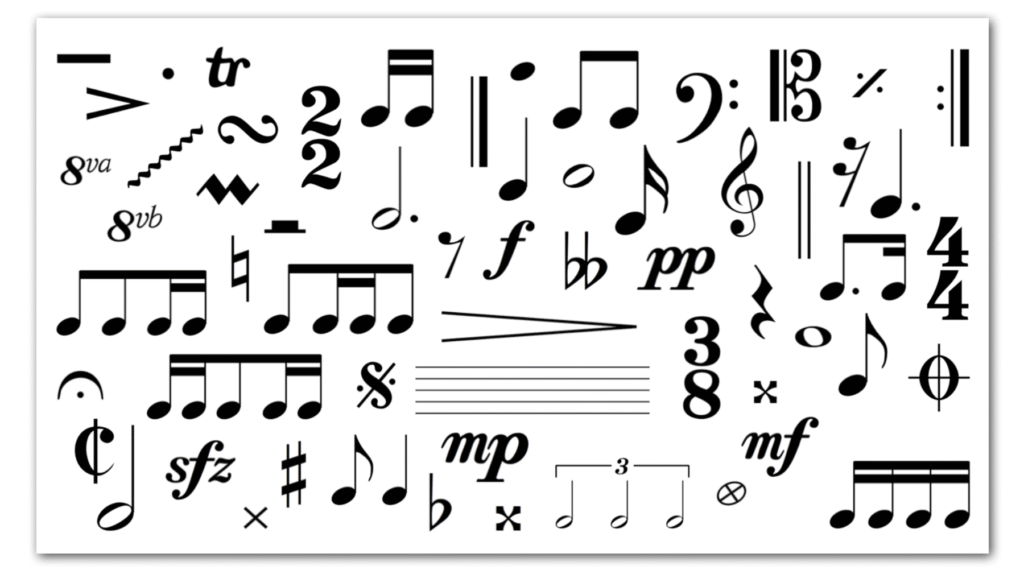How to Choose an Electric Drum Kit
Learning how to choose an electric drum kit can make your drumming journey more fun and rewarding. Whether you’re a beginner or upgrading your setup, selecting the right kit matters. The perfect electric drum kit should fit your style, space, and sound needs.
Many drummers today are turning to electric kits for practical reasons. They’re quieter, more versatile, and easier to store. That said, not all kits are created equal. Let’s break down the essentials so you can make a confident choice.
Know Your Purpose and Playing Style
Start by asking yourself what you’ll use the kit for. Practice? Recording? Live gigs? Each use case calls for different features. For example, if you’re mostly practicing at home, you’ll want a compact and quiet setup.
On the other hand, if you’re recording, you’ll need more sound variety and MIDI compatibility. Drummers who perform live may look for mesh heads and a strong rack for stability. Choosing the right kit becomes easier when you know your goals.
Consider Your Budget
Electric drum kits range from a few hundred dollars to several thousand. Luckily, there’s something for everyone. Entry-level kits often include basic features and smaller pads. These are great for beginners and casual players.
As you go up in price, kits offer better sensitivity, dual region pads (two sounds on one drum or cymbal) larger pads and more advanced sound modules. Although it’s tempting to go big, stick to a kit that meets your current needs. You can always upgrade later.
Understand the Sound Module
The sound module, or “brain,” is the heart of your electric kit. It processes the hits and translates them into sound. Some modules offer only a few basic kits, while others include hundreds of sounds and customization options.
Check for key features like:
-
Built-in coaching or practice tools
-
USB/MIDI connectivity for recording
- Bluetooth connectivity for playing along to songs
-
Expandable inputs for more pads
-
Headphone output for silent practice
A good module makes your kit more flexible and fun to play.
Mesh vs. Rubber Pads
You’ll often hear about mesh and rubber pads when comparing kits. Mesh pads feel more like acoustic drums. They’re quieter and offer more realistic bounce and sensitivity.
Rubber pads, while more affordable, can feel stiff and loud during practice. If you’re serious about drumming or play for long hours, mesh pads are worth the investment.
That said, many beginner kits use rubber pads to keep costs down. As long as you’re comfortable, either type can work well.
Space and Setup Considerations
Before you buy, make sure you have enough room for the kit. Electric drums are more compact than acoustic kits, but they still take up space. Measure your available area and check the kit’s dimensions.
Also, think about floor protection. Place a mat or rug under the kit to reduce vibrations and avoid damaging floors.
Cable management is another factor. Neat wiring helps you avoid tripping and makes your setup more reliable. Most kits come with labeled cables to simplify setup.
Evaluate Expansion Options
Some kits grow with you. Look for drum brains that allow you to add extra cymbals, toms, or kick triggers. This flexibility is great as your skills progress.
Also, make sure the module supports software updates or expansion packs. These keep your sound library fresh without needing a whole new kit.
Try Before You Buy
Whenever possible, test a few kits in a store. Feel the pads. Browse the module’s menus. Listen through headphones. Online reviews help, but nothing beats real experience.
If you can’t test in person, watch demo videos from reliable drummers. Many YouTube channels show unboxing, setup, and sound tests.
Top Brands to Consider
You’ll find many brands offering quality electric drum kits. Some of the most trusted include:
-
Roland – Known for premium quality and responsive mesh pads.
-
Yamaha – Offers balanced features and great sound modules.
-
Alesis – Popular for budget-friendly to Pro kits with solid features.
Each brand has strengths, so match their models to your needs.
Don’t Forget Accessories
Once you’ve chosen your kit, make sure you have the right accessories. You’ll need:
-
A sturdy drum throne
-
Quality headphones or an amp (to hear yourself)
-
Drumsticks
-
A kick pedal (if not included)
Some kits include a basic bundle, but you may need to buy these extras.
Final Thoughts on Choosing a Kit
Choosing an electric drum kit doesn’t need to be overwhelming. Define your goals, set a budget, and compare features carefully. With the right approach, you’ll find a kit that inspires practice and supports growth.
At Drumnuts, we’re passionate about helping drummers find their groove—no matter their level. So take your time, explore your options, and enjoy the journey toward better drumming! Check out our “Beginners Guide to Buying a Drum Kit” for more advice.
















